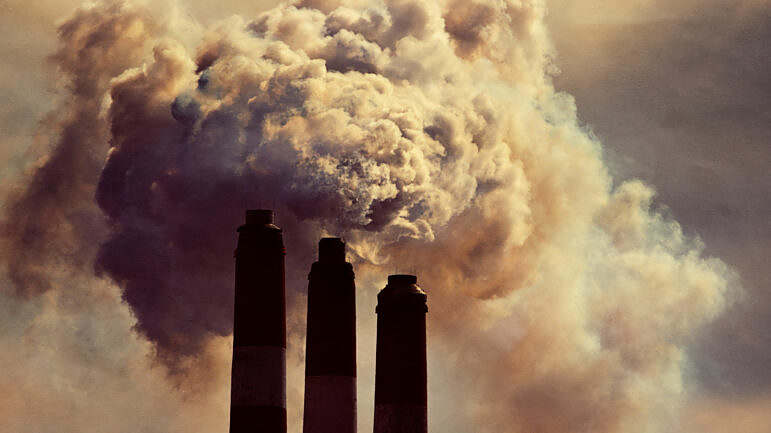Mercury removal.
Mercury is a persistent, bioaccumulative, pollutant and one of the most hazardous environmental toxins. The largest source of emissions to the atmosphere is from combustion of coal and other fossil fuels in the energy production. Waste-to-energy incineration from municipal or medical waste is also a source of mercury emissions. Biomass, which is considered a renewable fuel, is also a source of atmospheric mercury emissions. When released into the atmosphere mercury can be airborne over long distancesis.
As a volatile compound mercury accumulates in water laid sediments where it converts into toxic methylmercury and enters the environment and the food chain. Mercury contamination is a significant public health and environmental problem because methylmercury easily enters the bloodstream and affects the brain.
Removal of mercury from flue gas using activated carbon has proven to be one of the most effective techniques out there, due to the high degree of microporosity, the large surface area and the adsorption kinetics.

